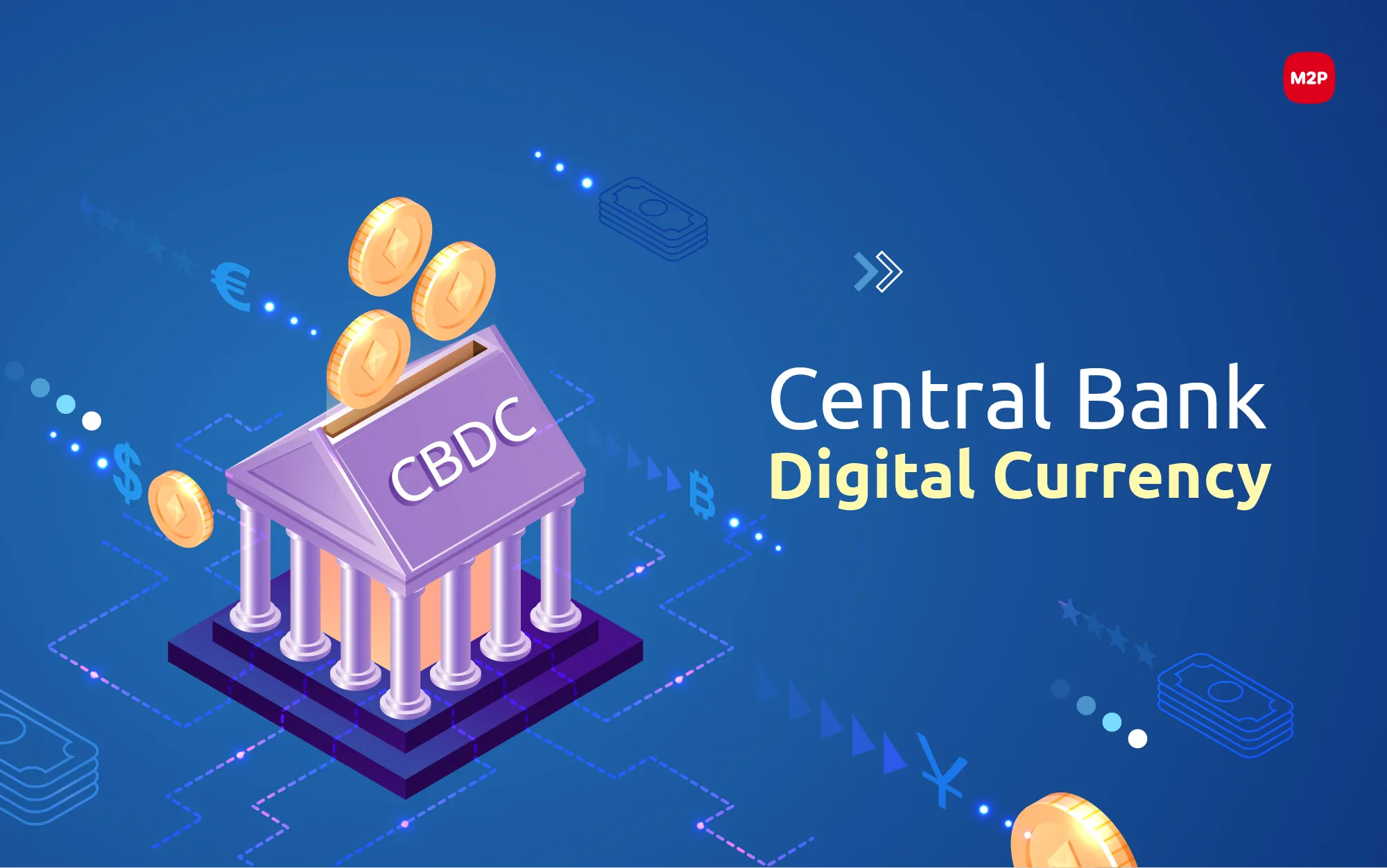Introduction: The Rise of Central Bank Digital Currencies (CBDCs)
Central Bank Digital Currencies, or CBDCs, are no longer just a theoretical concept—they are becoming a tangible reality across the globe. Unlike cryptocurrencies such as Bitcoin or Ethereum, CBDCs are issued and regulated by central banks, making them official legal tender. They combine the stability and trust of fiat currencies with the speed, efficiency, and programmability of digital money.
By 2025, CBDCs are expected to reshape how money is stored, transferred, and trusted, with major economies like China, the European Union, and the United States actively piloting or rolling out digital currencies. For consumers, businesses, and financial institutions, CBDCs promise instant settlement, lower transaction costs, and greater financial inclusion. However, they also raise questions about privacy, centralization, and monetary policy control.
CBDCs vs Traditional Money vs Cryptocurrencies
CBDCs occupy a unique middle ground in the financial ecosystem. Understanding this distinction is key:
🔸 1. CBDCs vs Cash
Unlike physical cash, CBDCs are digital, programmable, and traceable. Key differences include:
- Instant settlement without the need for physical transfer.
- Lower costs for handling, storage, and transportation.
- Ability to implement policy tools, such as programmable incentives or restrictions on spending for economic purposes.
Cash is still anonymous and decentralized, but CBDCs offer efficiency, security, and monetary policy control while retaining state backing.
🔸 2. CBDCs vs Cryptocurrencies
Cryptocurrencies like Bitcoin are decentralized and volatile, with no central authority controlling supply. In contrast, CBDCs are:
- Stable in value because they are pegged to fiat currency.
- Fully regulated and monitored by central banks.
- Designed for mass adoption, integrating seamlessly with existing banking infrastructure.
While crypto promotes decentralization, CBDCs focus on trust, stability, and regulatory compliance, making them a safer alternative for daily transactions.
Types of CBDCs and Global Examples
CBDCs come in multiple forms, each suited to different use cases:
🔸 1. Retail CBDCs
Retail CBDCs are accessible to the general public, functioning like digital cash. Examples include:
- e-CNY (China) – China’s digital yuan allows consumers to pay via mobile apps, wallets, and QR codes, enabling real-time, cross-border payments.
- Sand Dollar (Bahamas) – Used to increase financial inclusion in remote areas without banking infrastructure.
Retail CBDCs aim to replace cash in digital form, providing convenience, traceability, and government-backed security.
🔸 2. Wholesale CBDCs
Wholesale CBDCs are restricted to banks and large financial institutions for settlement and interbank transfers. Examples:
- Project Jasper (Canada) – Allows instant settlement between banks using CBDC tokens.
- Project Ubin (Singapore) – Facilitates cross-border payments and reduces settlement risks.
Wholesale CBDCs improve efficiency, reduce operational costs, and enhance security in financial markets, while retail CBDCs target consumer-level adoption.
🔸 3. Hybrid CBDCs
Some central banks are exploring hybrid models that combine retail and wholesale features, allowing both consumers and banks to use digital currency securely. This model could offer programmable payments, smart contracts, and integrated compliance checks.
Key Benefits of CBDCs in 2025
CBDCs offer a host of benefits for governments, financial institutions, businesses, and consumers.
🔸 1. Financial Inclusion
By enabling digital payments without traditional banking accounts, CBDCs can reach underserved populations:
- Mobile wallets and app-based access allow rural or unbanked citizens to participate in the economy.
- Instant microtransactions, such as government welfare or subsidies, can reach recipients directly.
- Transparent distribution reduces leakage and fraud in public programs.
CBDCs can be a catalyst for democratizing financial services, particularly in emerging markets.
🔸 2. Reduced Transaction Costs and Friction
Traditional banking and cross-border payments are often slow and expensive. CBDCs enable:
- Near-instant settlement for payments and remittances.
- Elimination of intermediaries in peer-to-peer transfers.
- Automation of reconciliation and settlement through smart contracts.
This makes daily transactions, trade, and remittances faster, cheaper, and more reliable.
🔸 3. Enhanced Monetary Policy Tools
CBDCs allow central banks to implement monetary policy more effectively:
- Programmable money can encourage spending during economic slowdowns.
- Transaction limits or incentives can target specific sectors.
- Real-time data on digital currency flows provides insights for policy decisions.
This precision in policy execution was impossible with cash or traditional digital banking systems.
🔸 4. Strengthened Trust and Security
CBDCs combine state backing, digital security, and blockchain transparency:
- Immutable records of transactions reduce fraud and corruption.
- Encryption and multi-level security protocols protect users’ funds.
- Traceable transactions enhance trust between governments, businesses, and consumers.
Challenges and Risks of CBDC Adoption
Despite the advantages, CBDCs come with significant risks that must be managed carefully.
🔸 1. Privacy Concerns
CBDCs are traceable by design, which raises privacy issues:
- Central banks could monitor all transactions, potentially infringing on personal privacy.
- Users may be concerned about government overreach or surveillance.
- Balancing transparency and privacy is essential for mass adoption.
🔸 2. Financial Stability Risks
CBDCs could unintentionally disrupt traditional banking:
- During a financial crisis, users might withdraw deposits en masse into CBDC wallets, creating a digital bank run.
- Interest-bearing CBDCs could compete with traditional bank deposits, affecting lending capacity.
Banks and regulators need careful design and phased rollout strategies to maintain stability.
🔸 3. Technological and Operational Challenges
Launching a CBDC requires robust infrastructure and continuous monitoring:
- Scalability to handle millions of transactions per second.
- Cybersecurity risks and vulnerability to hacking attempts.
- Integration with legacy banking systems and cross-border payment networks.
A failure in technology could undermine trust in the currency and slow adoption.
CBDCs and the Future of Money
By 2025, CBDCs are likely to reshape the concept of money and trust in the financial system:
🔸 1. Integration with Digital Finance Ecosystems
CBDCs will be integrated into wallets, payment apps, and fintech platforms, enabling:
- Instant lending, microtransactions, and programmable payments.
- Seamless cross-border remittances without intermediaries.
- AI-driven insights for spending, saving, and investments.
This integration transforms money from a static medium of exchange into an intelligent financial tool.
🔸 2. Coexistence with Cryptocurrencies
CBDCs will coexist with cryptocurrencies, providing:
- A stable, government-backed alternative for everyday transactions.
- Liquidity channels for crypto trading and stablecoin settlements.
- Regulatory clarity that encourages institutional adoption of digital assets.
CBDCs could bridge the gap between traditional finance and the growing digital asset ecosystem.
🔸 3. Building Trust in Digital Money
By combining state backing, transparency, and secure infrastructure, CBDCs can enhance public trust in digital payments:
- Governments and central banks maintain authority over the monetary system.
- Users gain confidence in secure, efficient, and accessible money.
- Trust enables faster adoption of digital currencies and broader financial innovation.
Conclusion: CBDCs as the Cornerstone of 21st-Century Finance
CBDCs represent a transformational shift in how money is created, transferred, and trusted. By 2025, these digital currencies will redefine payments, monetary policy, and financial inclusion.
The key takeaways are:
- CBDCs offer speed, efficiency, and inclusivity, transforming both retail and wholesale financial systems.
- They provide new monetary policy tools while maintaining the stability of fiat currency.
- Risks around privacy, banking stability, and technological implementation must be managed carefully.
For governments, financial institutions, and consumers, CBDCs are not just the future of money—they are the future of trust in the digital economy.




